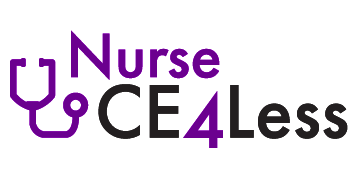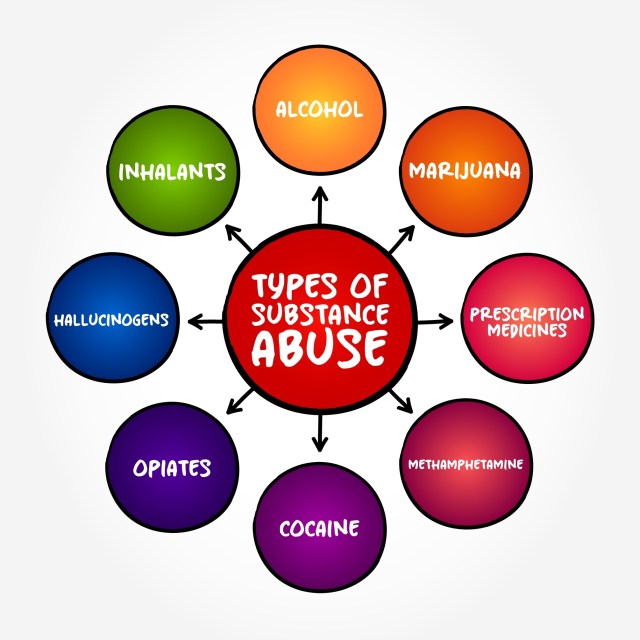Course Summary
Around half of all high school students have used an illicit drug at least once in their lifetime. Many other substances, such as aerosol sprays and glues, are easier for adolescents to obtain and use. Whatever the type of substance use disorder, adolescents are at risk of damaging and long-term effects that can continue into adulthood. It is believed that a major contributing factor in the vulnerability of adolescents to dangerous substance use is related to the natural, early development of brain reward and pain centers that lead to pleasure-seeking behavior. Health professionals need to be informed about the warning signs of adolescent substance use and the frequent overlap between mental illness and substance use disorder to diagnose and treat this patient population properly.
Course Format
Homestudy
Course Syllabus
- Introduction
- Types of Substance Use Disorders
- Alcohol Use
- Illicit or Recreational Drug Use
- Prescription Drug Use
- Household Item Substance Use
- Tobacco Use
- Case Study: Cannabis Intoxication
- Discussion
- Summary
Author
Carly Sell, DNP, PMHNP-BC
Carly Sell, a Montana native, has worked as a psychiatric nurse for the past 14 years. Carly graduated in 2007 from Carroll College with her bachelor’s degree in nursing and from Montana State University in 2022 with her Doctor of Nursing Practice degree. Carly has always been passionate about improving overall mental health and wellbeing throughout the state of Montana through areas such as suicide prevention, mental health awareness education, and trauma-informed care. At home, Carly enjoys spending time with her husband, three amazing children, and a multitude of furry, feathered, and scaled friends. In addition, she loves hiking, attempting to garden, and supporting her family in their many sporting events and activities.


